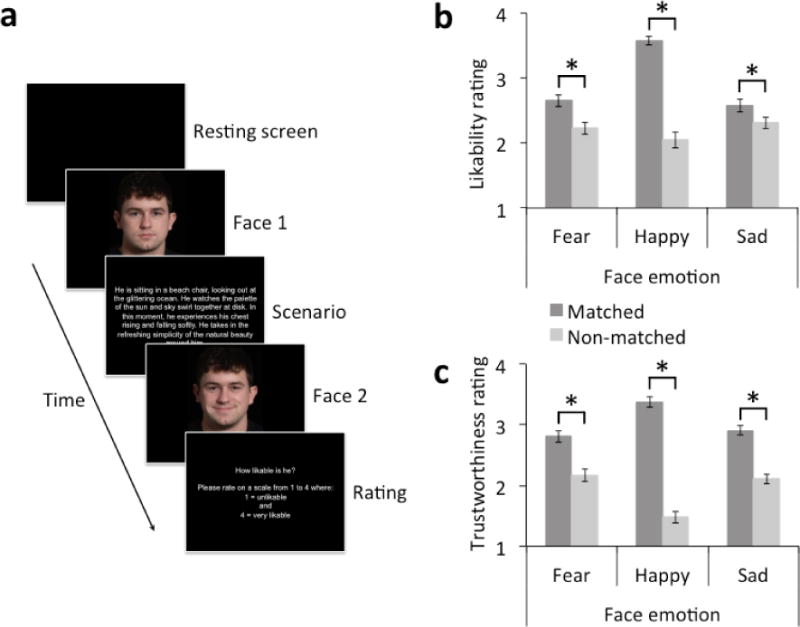Fig. 1. Schematic representation of a trial and results in Experiments 1 and 2.

Note: (a) Each trial started with the presentation of a fixation screen (7 s) followed by a photograph of a target person displaying a neutral expression (Face 1; 5 s) and then a short story (Scenario; 20 s). Then, a new photograph of the target person was presented, this time portraying a facial expression that could match the scenario emotion, be neutral, or not match the scenario emotion (Face 2; 5 s). Participants were asked to rate how likable (Experiment 1) or trustworthy (Experiment 2) the target person was. (b) Individuals exhibiting predicted facial expressions (matching the emotion evoked by the scenario) were rated as more likable than those exhibiting unpredicted ones (non-matching) across the three emotion categories explored (Experiment 1). (c) Similar results were observed for trustworthiness ratings (Experiment 2). Asterisks indicate p<.05.
